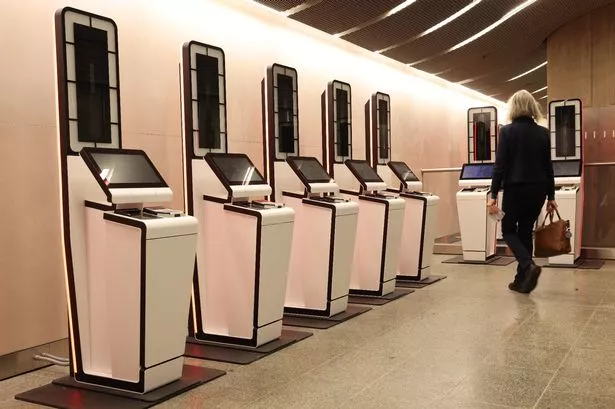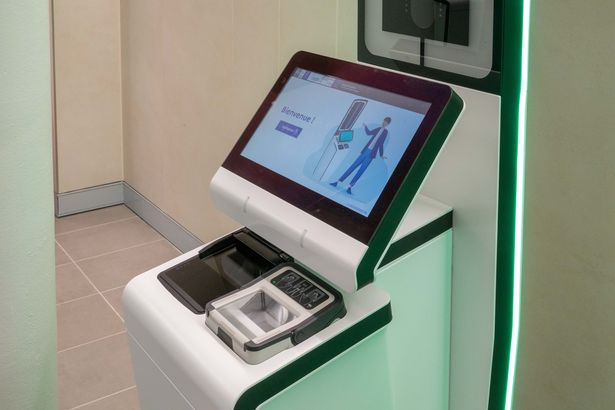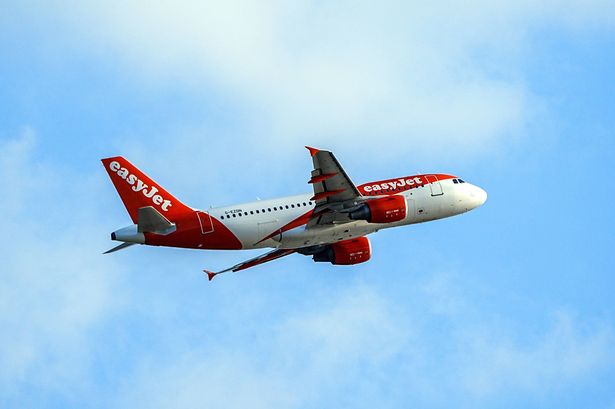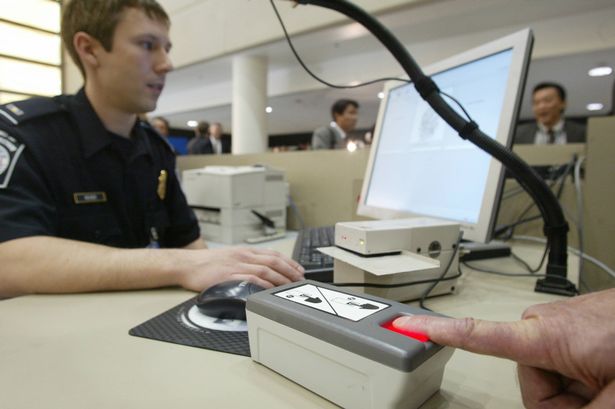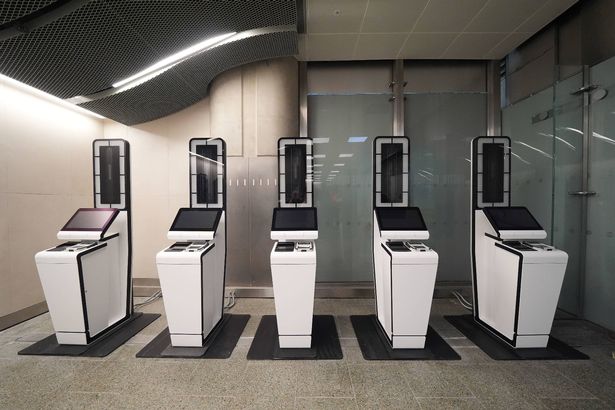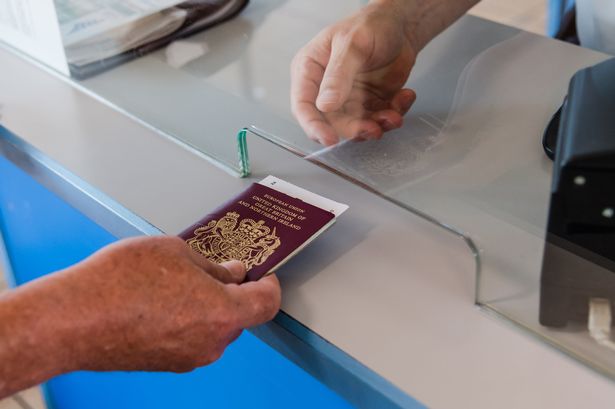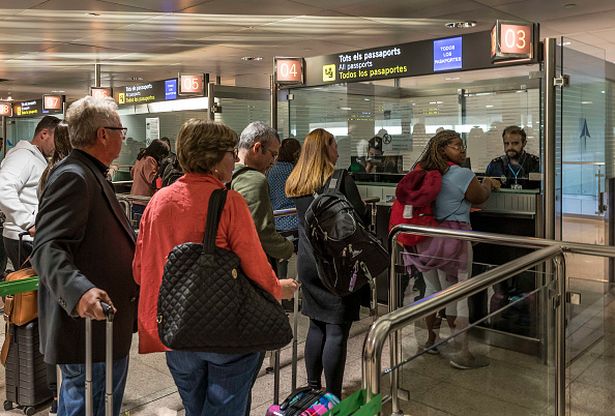The Entry Exit System (EES) was introduced on Sunday, which involves people from third-party countries such as the UK having their fingerprints registered and photograph taken to enter the Schengen area, which consists of 29 European countries, mainly in the EU
A last-minute change has been made to the rules set up to track travellers entering the EU.
On Sunday, the long-awaited Entry/Exit System (EES) went live. It requires individuals from third-party countries such as the UK to register their fingerprints and have their photograph taken to enter the Schengen area, which is made up of 29 European countries, primarily within the EU. For most UK travellers, the EES process will be carried out at foreign airports.
However, when it comes to Eurostar services from St Pancras, border checks are carried out by French officials in the UK, rather than in Paris.
When the Mirror was shown how the system would work prior to its launch, uncertainty surrounded one part of it – the questions travellers are required to answer.
READ MORE: Direct trains to Europe from second UK station plannedREAD MORE: EasyJet launches new routes for autumn breaks with flights from £14.99
They are:
1. Do you have somewhere to stay?
2. Do you have a return ticket?
3. Do you have sufficient funds to support yourself during your stay?
4. Do you have medical insurance?
It remains unclear what the consequences are if passengers answer ‘no’ to any of those questions, or if they lie in their answers.
Now, it has been announced that passengers will not be asked those questions when travelling on the Eurostar from St Pancras.
A spokesperson for Eurostar told the Mirror: “Following constructive discussions with the French Ministry and our colleagues, we’re pleased to confirm that the questions will be technically removed from the kiosks during the initial six-month introduction phase of the new system.
“We welcome the pragmatic approach being taken by the French border authorities to help ensure a smoother experience for our customers during this transition period.”
This week Simon Lejeune, the chief safety and stations officer for the cross-Channel train operator, said that some passengers are being processed through the EES in as little as 50 seconds.
To facilitate the new demand, Eurostar has set up three areas at St Pancras, housing a total of 49 kiosks where pre-registration for EES can take place.
Mr Lejeune informed the House of Lords Justice and Home Affairs Committee that the process at the station is initially being handled solely by French border officers, and there have been “really good transaction times”.
He stated: “I was observing transaction times of 50 seconds. That’s for the full biometrics, as well as the passport check and the stamping for EES-eligible passengers.
“So quite encouraging, and that’s without the kiosks that do that pre-registration, which we’ll be introducing over the next few weeks.”
